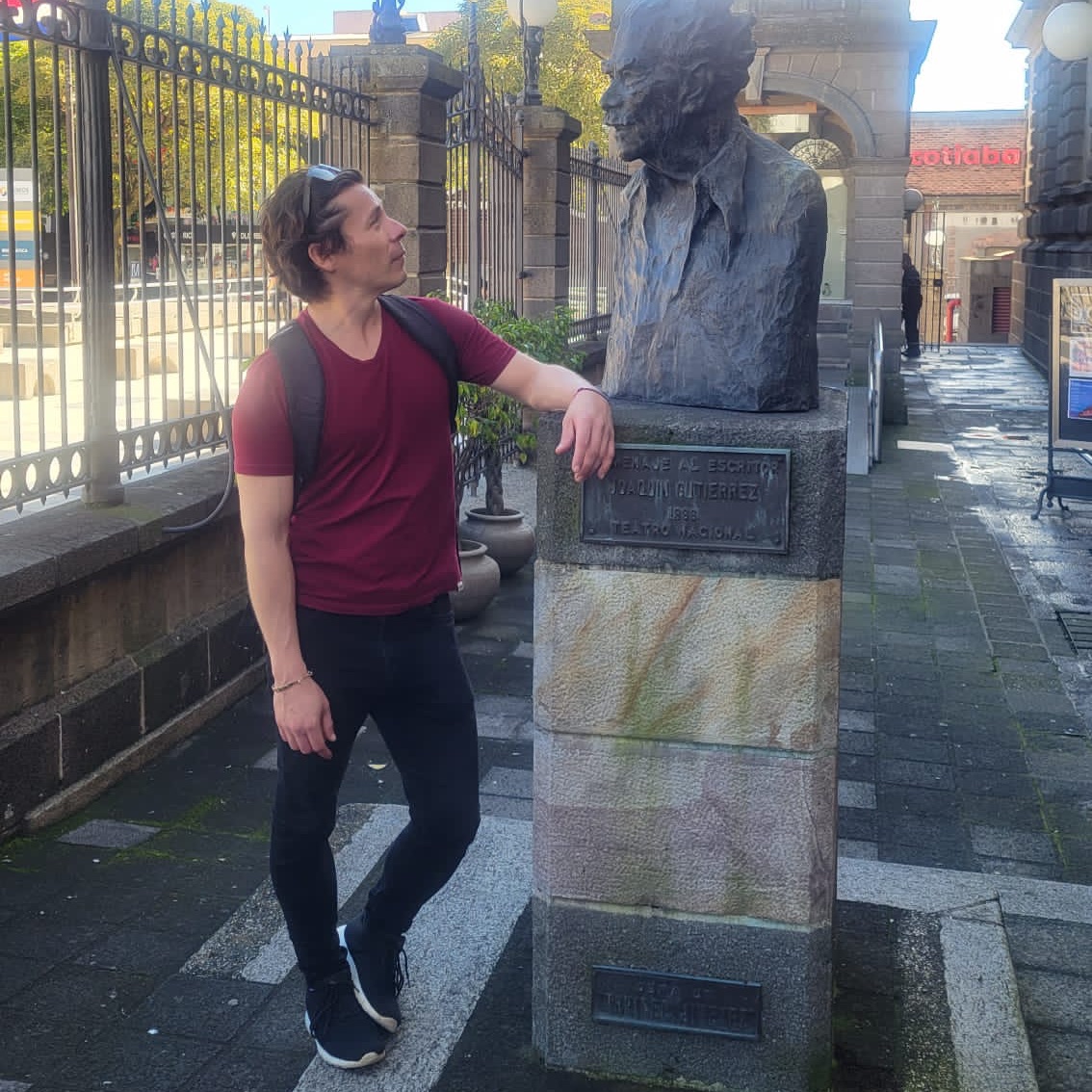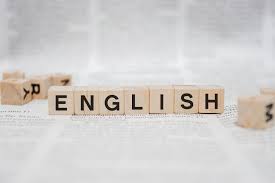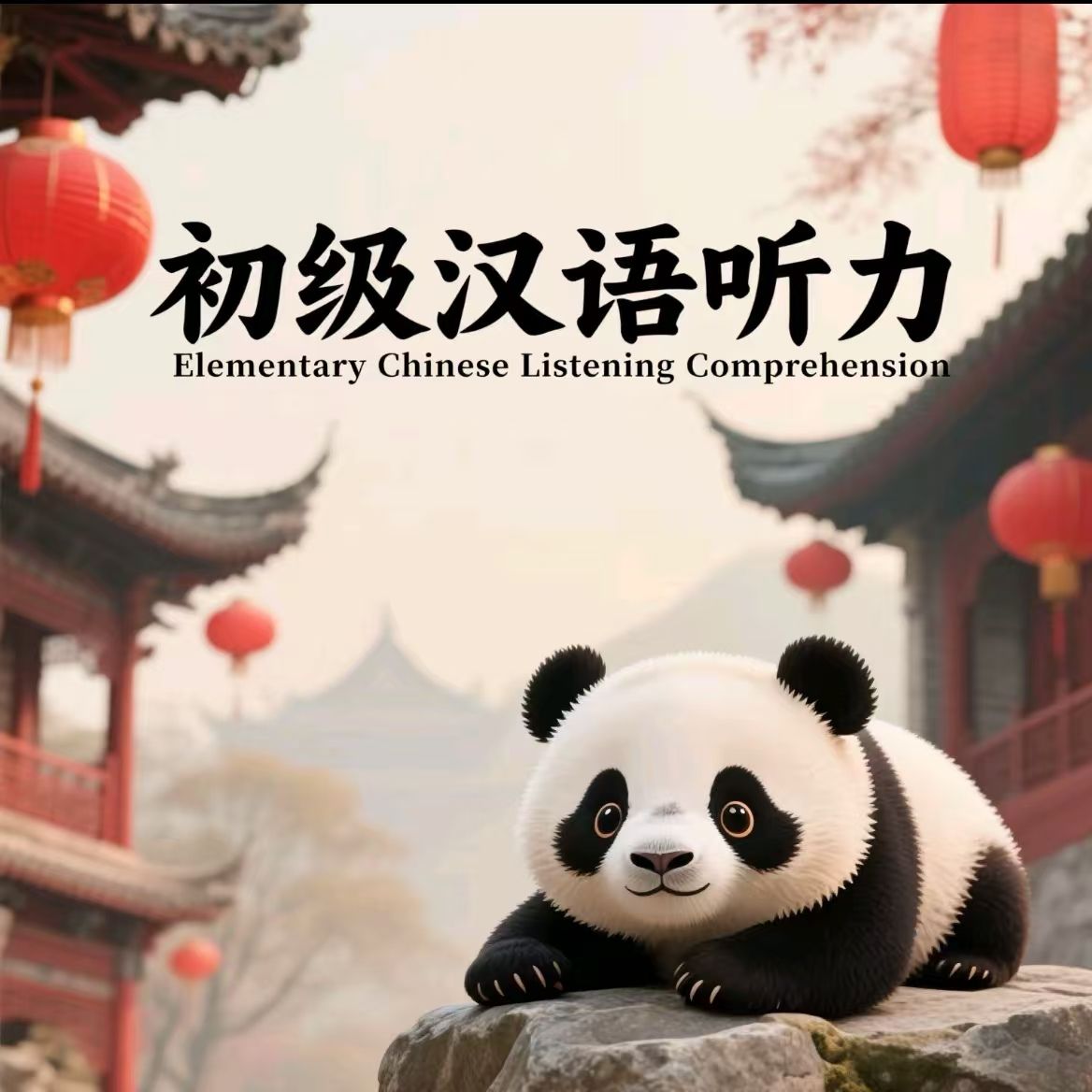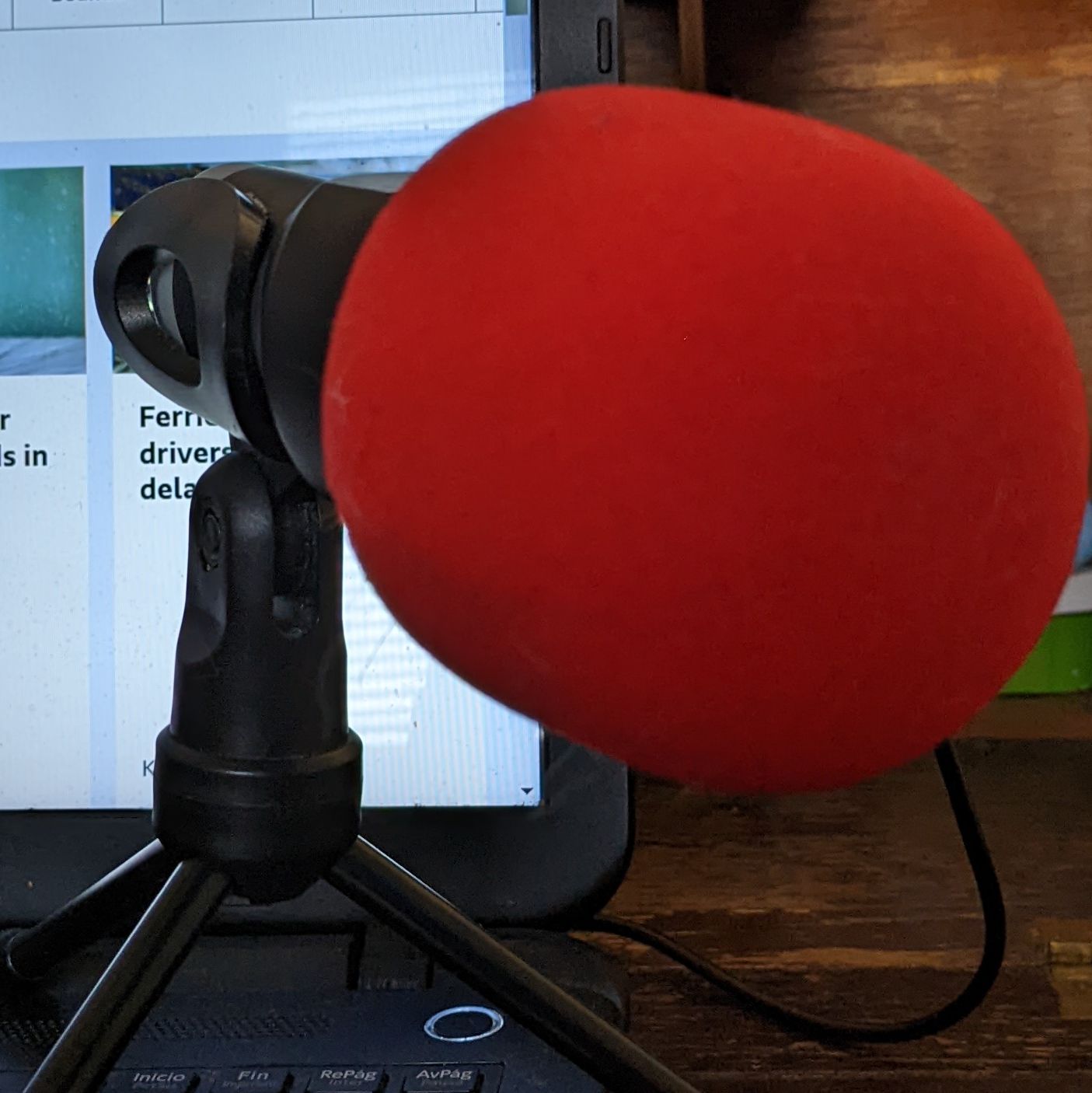搜尋自 英語 {1} 教師……

呢ne?
說明
The interrogative particle “呢” is used after a noun or pronoun, forming a question about the situation mentioned previously.
The commonly used sentence pattern is “A……, B呢?”
For example:
wǒ shì dà wèi , nǐ ne ?
我 是 大 卫 , 你 呢 ?
nǐ shì xué shenɡ , tā ne ?
你 是 学 生 , 她 呢 ?
dà wèi shì měi ɡuó rén , tā mā mɑ ne ?
大 卫 是 美 国 人 , 他 妈 妈 呢 ?
Podcast 頻道
JOJO CHINESE
創作者
Podcast全集

Comer - To eat

Temel cumler

Выпуск 7. Язык и культура

Introduction to the new podcast live lessons that I will be airing.

IELTS Preparation. Band 8-9 Answers. Part 1 - Your favourite place. Q3.

Beginner Chinese Listening:你在学什么?What are you studying?

UK Railway Moves Back to Public Control

Perfect Tenses (with transcript for study)
熱門集數

conjuguemos y conjugamos
Comer - To eat

İngilizçe - selamlar
Temel cumler

Speak fluent Russian B1-B2
Выпуск 7. Язык и культура

Say Hi English! With Teacher Duran.
Introduction to the new podcast live lessons that I will be airing.

IELTS-SPEAKING 8-9 BAND IS POSSIBLE. DAILY SPEAKING PRACTICE PART 1,2 & 3. Listen daily.
IELTS Preparation. Band 8-9 Answers. Part 1 - Your favourite place. Q3.

Beginner Chinese Listening
Beginner Chinese Listening:你在学什么?What are you studying?

Teacher Joseph's Podcast
UK Railway Moves Back to Public Control

Teacher Joseph's Podcast
Perfect Tenses (with transcript for study)